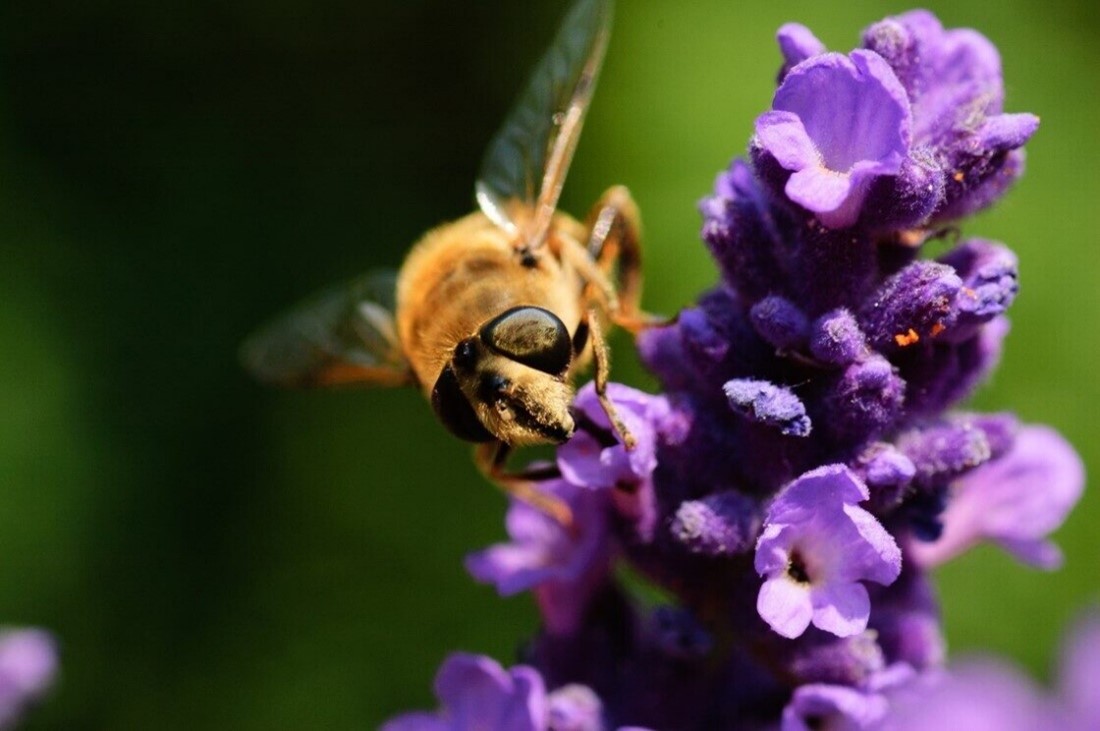
ΑΙhub.org
Which strategies for supporting pollinators?
 Photo credit: Jenny Wheatcroft
Photo credit: Jenny Wheatcroft
How serious do you think the decline of insect pollinators is? Are you participating in any of the schemes (no-mow May, plants for bees, national pollinator week)? Have you seen wildflower verges, or fallow field margins? Which of these strategies is most effective at increasing pool insect pollinator abundance? Which combinations of actions have the best overall effect? This is what we set out to discover.
The need to support pollinator abundance is recognised and many countries have pollinator strategies, including the UK. The evidence these rely on comes from experts which can include academic researchers, land owners, farmers, and other land custodians. These expert opinions are synthesised in reports leading to policy for food security and other benefits such as the social value of flowers have etc.
It is unclear how much weight has been given to each of these different contributions. Whilst the potential actions that could be taken, either alone or in combination, are identified, it is unclear how to prioritise action or combinations of actions to have the greatest effect. For this, the amount of pollinator abundance change for a given action or combination of actions is needed.
Experiments with insects are slow and costly, and it is almost impossible to replicate field conditions, so data is sparse or missing. However, Structured Expert Judgement (SEJ) aims to use experts to quantify uncertainty about an unknown factor or variable. SEJ is widely used by EFSA (European Food Safety Authority) in making or changing food safety advice.
In our work we combined available data from research and data from a SEJ exercise to develop a Bayesian Network based decision support system for comparing strategies using multi attribute utility theory. A detailed description about how we did the structured expert judgement can be found here.
Multi attribute utility theory allows us to combine several measures of success into a single utility score. For example, a person buying a car may have several attributes in mind they wish to have such as environmental impact, speed, economy, price, colour etc. Some of these may be more important than others. Multi attribute utility theory provides a way of combining these to reflect the preference and relative contributions to overall satisfaction and provide a score for each candidate policy (in this example each car with its different collection of features).
Bayesian Networks
The first stage of building any models is to engage with the problem owner and their trusted advisors to understand their needs, beliefs and values about the problem at hand. This stage is called soft elicitation (aka joint model building) as it does not yet include any ‘hard’ data. For Bayesian Networks this includes extracting from pollinator experts all the factors that affect pollinator abundance and how they are related together. For example, weather has a big impact on honey bees, both a direct effect in that they will not emerge to forage unless the temperature rises sufficiently, and an indirect effect in that the flowers on which they feed will require adequate rain and sunlight.
 Image created in Netica by Norsys.
Image created in Netica by Norsys.
The second stage is to find the relevant quantities, either from experimental or observational datasets, or from expert judgements.
The evaluation of the model involves checking the outputs are plausible – if there is a large discrepancy between the outputs of the model and what experiments and experience lead experts to expect, then it may be that an important factor is missing or one of the relationships has been misrepresented in the model.
In order to make the model into a usable tool, software engineering is required to make the coding robust, sustainable and adaptable in the face of new evidence. After that, with careful attention to accessibility and explainability, it can be used by those who were not part of the team. There is a tool made in the same way here. This one helps archivists preserve their collections of digital records.
tags: Focus on life on land, Focus on UN SDGs









